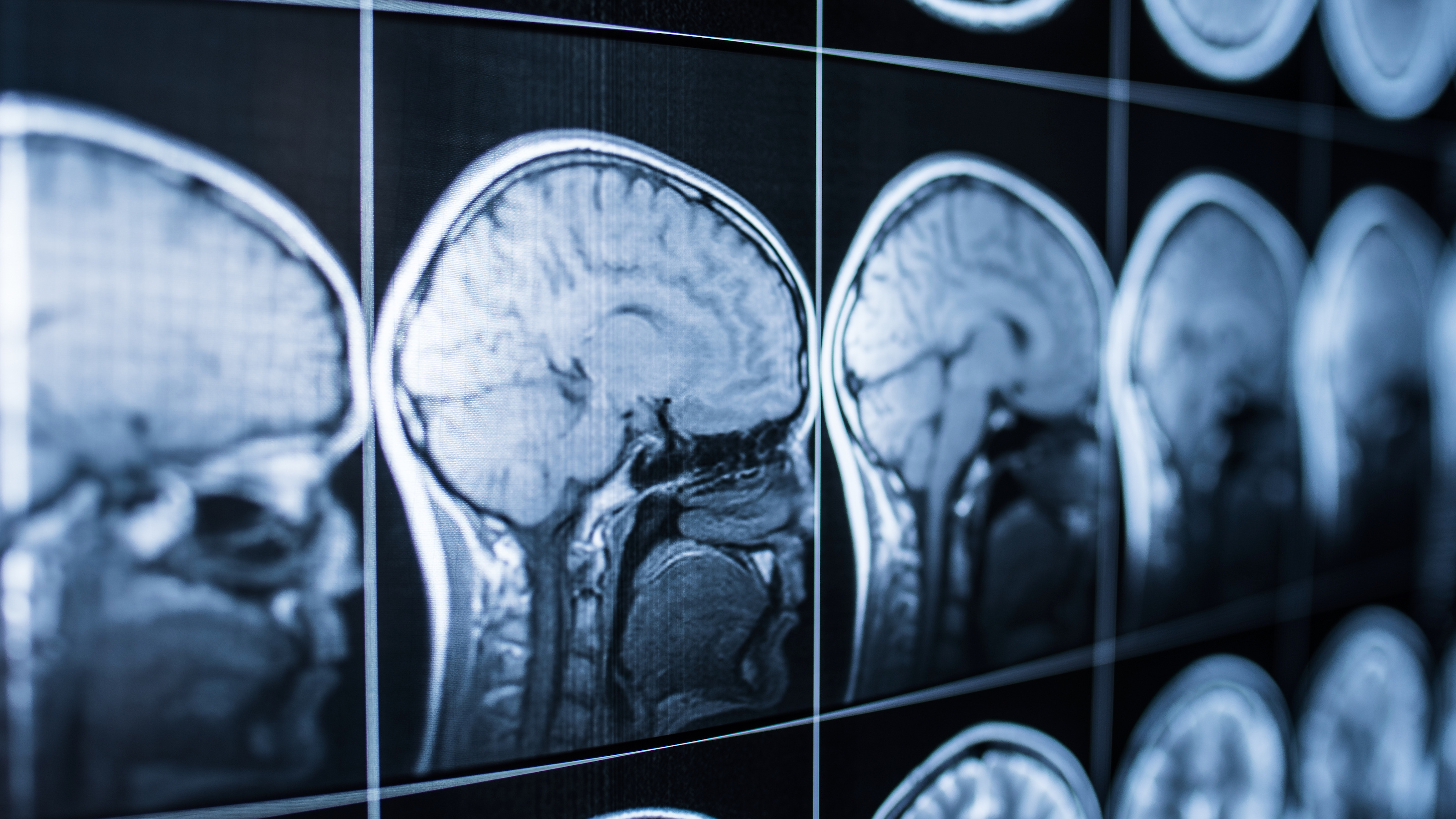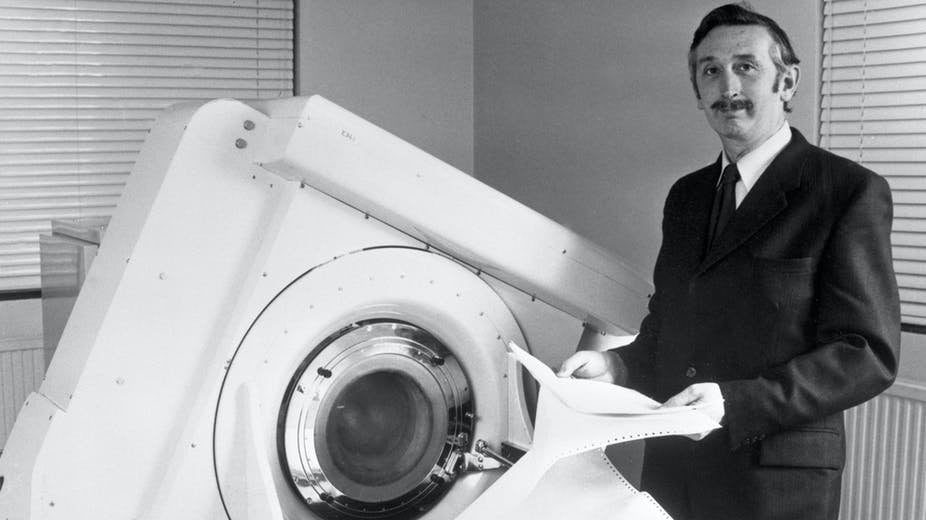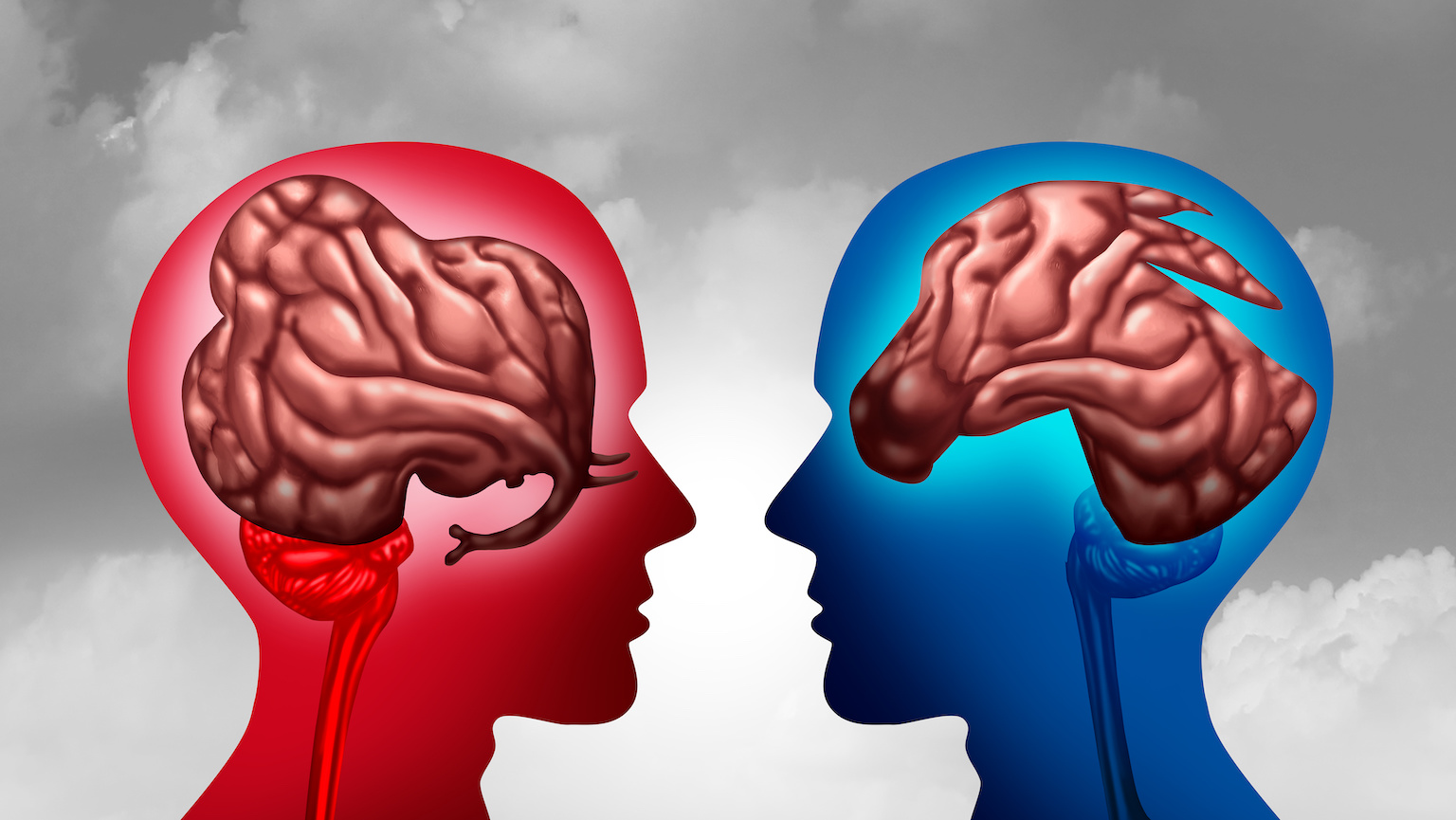87 brain scans of people watching Hollywood movies unlock a “brain map” of social perception

- New research identifies networks of brain structures that process social information.
- These “social perception networks” appear to integrate information about social events.
- The authors describe their findings as the most detailed map to date of the human brain mechanisms supporting social perception.
Humans are social animals, and psychologists have studied how people interact in social situations for decades. Social psychology has produced some of the best known — but not necessarily most robust — research studies, such as the infamous Stanford Prison Experiment by Philip Zimbardo (looking into the effects of authority and submission), the “shocking” examination of obedience by Stanley Milgram (involving actual electric shocks), and studies of the “bystander effect” inspired by the murder of Kitty Genovese in 1964.
Social behavior, like all other behaviors, is mediated by the brain. Yet, we still know very little about how the brain processes social information. Researchers in Finland have now identified what they call “social perception networks” in the brain, and they describe the function and organization of these networks in the journal NeuroImage.
In social situations, we quickly and reliably extract many different and complex features of other people — including their identity, emotions, and intentions — in order to interpret and navigate our interactions with them. But how does the brain respond to these isolated social features and pull them all together?
Help from Hollywood
To find out, Severi Santavirta of the University of Turku and his colleagues used functional magnetic resonance imaging (fMRI) to scan the brains of 87 volunteers as they watched a medley of 96 short clips from mainstream Hollywood movies. Some of these depicted various types of social interactions or sexual behaviors, some depicted one person acting alone, and a few contained only animals, scenery, or objects.
The researchers noted 112 social features from the clips, describing a wide range of situations, behaviors, interactions, and personal characteristics, and asked their participants to rate how much or how little of each one they saw in each clip, producing a catalog of more than 28,000 individual ratings. They then correlated the participants’ ratings of some of the social features to the brain activity patterns recorded during each film clip. In this way, they were able to map the “cerebral topography of social perception,” revealing which brain regions responded to which features.
Cortical synchronization
Crucially, they found that the participants responded in a synchronized manner, with each of the social features they examined eliciting a very similar pattern of brain activity in all the volunteers. (For your reference, the “cortex” is the outermost portion of the brain, and it’s divided into four “lobes”: the frontal, temporal, parietal, and occipital lobes; a “sulcus” is a groove on the surface of the brain; and a “gyrus” is a fold between two clefts.)
For example, much of the occipital lobe (the section of the brain largely devoted to visual processing) and parietal lobe (responsible for processing sensory information) responded to a wide variety of social behaviors, while two specific regions of the temporal lobe (sound and language processing) responded strongly to film clips depicting people communicating or behaving antisocially. Several regions of the frontal cortex responded strongly to antisocial behavior, and also to friendly and sexual behavior; and body movements elicited strong responses in the occipital lobe.
The brain-scanning data also revealed that four distinct brain regions — the superior temporal sulcus, the lateral occipito-temporal cortex, the temporo-parietal junction, and the fusiform gyrus — appear to be the most fundamental “hubs” for social perception. These areas, the researchers say, are likely to be involved in the integration of multi-sensory information and semantic representations of social events.
A social perception brain map
Santavirta and his colleagues describe their findings as the most detailed map to date of the human brain mechanisms supporting social perception. As well as delineating a distributed network of brain structures that process social information, the findings also show that people process social information in much the same way.





